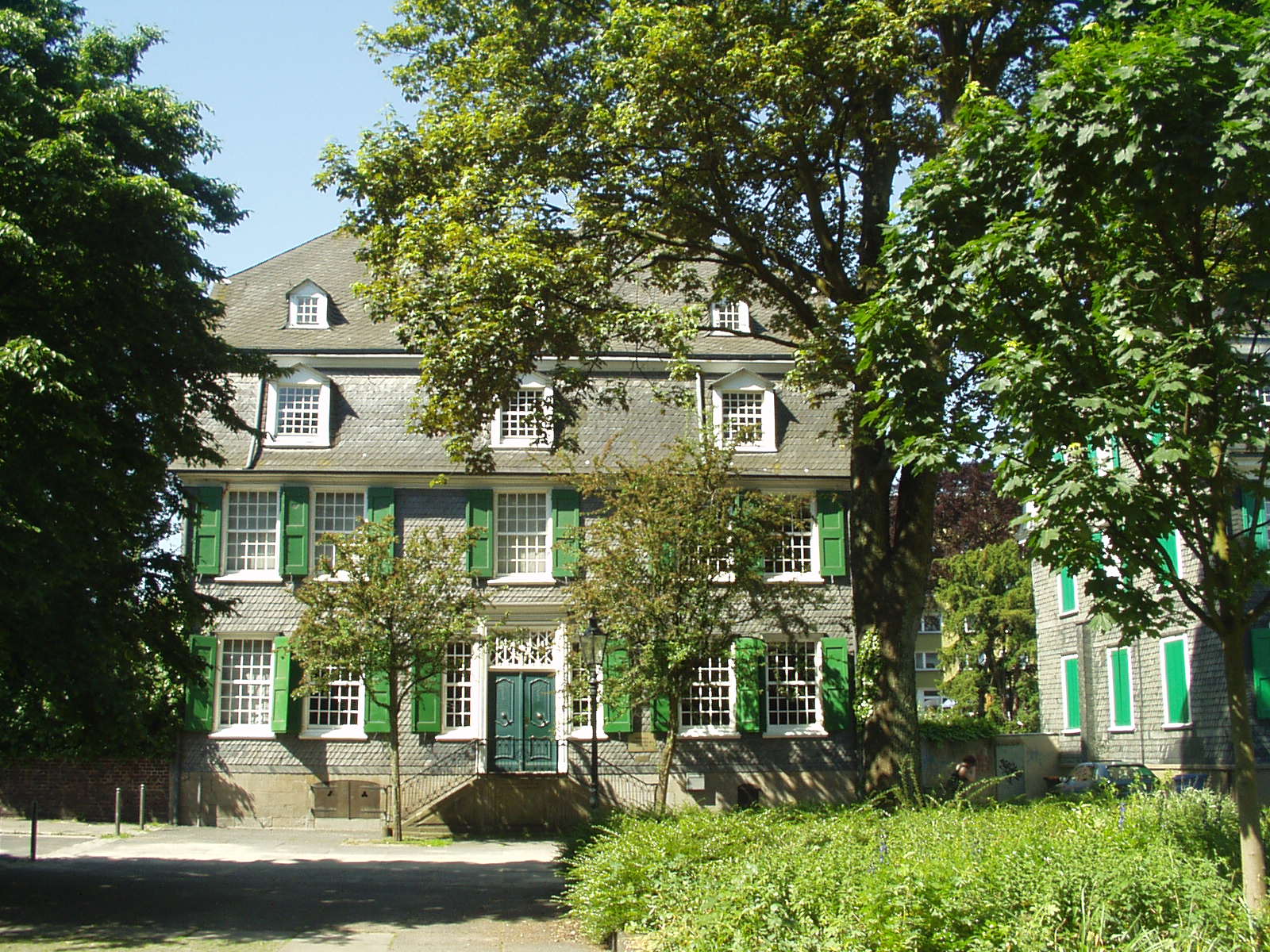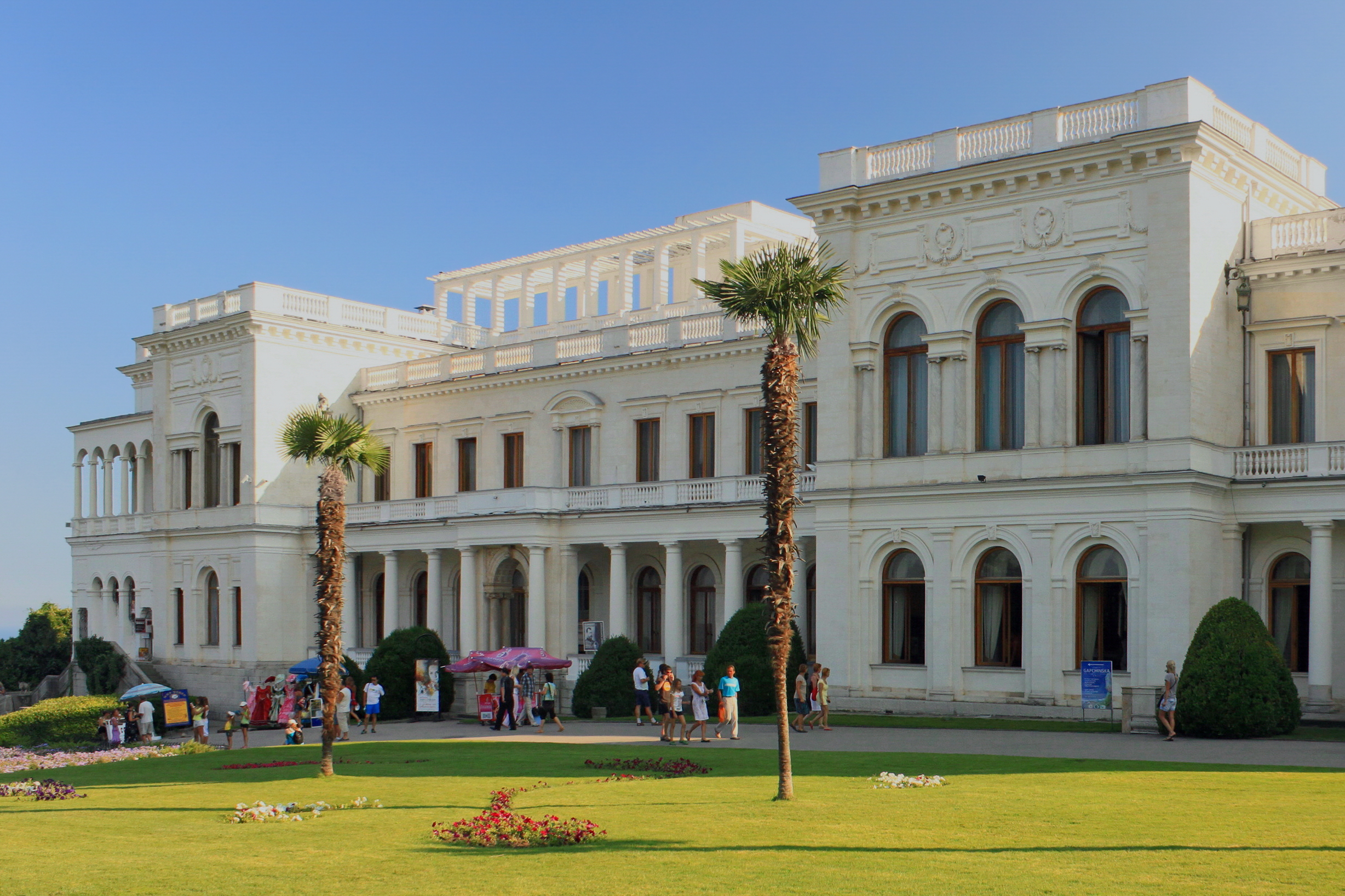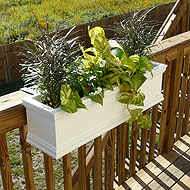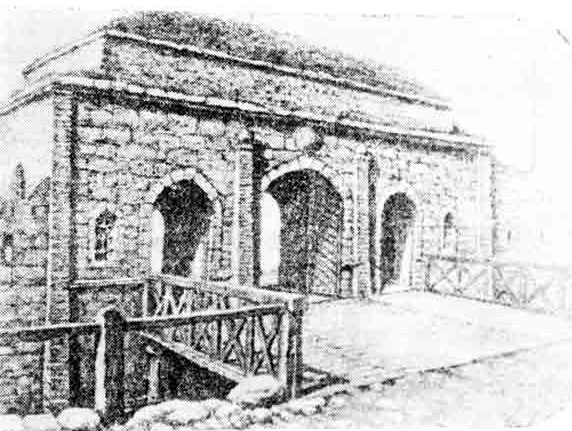|
Nikola Pašić Square
The Nikola Pašić Square ( sr, / ) is one of the central town squares and an List of Belgrade neighborhoods, urban neighborhoods of Belgrade, the capital of Serbia. The square is named after Nikola Pašić who served as mayor of Belgrade, prime minister of Serbia and prime minister of Yugoslavia. Until 1992 the square was named the Square of Karl Marx, Marx and Friedrich Engels, Engels ( sr, Трг Маркса и Енгелса, Trg Marksa i Engelsa). Location Located in the municipality of Stari Grad, Belgrade, Stari Grad, Nikola Pašić Square lies in downtown Belgrade as the direct extension of Terazije. Named after Nikola Pašić, Serbia's famous early 20th century politician and Prime Minister, it overlooks the monumental building of the House of the National Assembly of the Republic of Serbia and itself extends into urban Belgrade's longest street, Bulevar kralja Aleksandra, while Dečanska Street connects it to the Republic Square (Belgrade), Republic Square. Histor ... [...More Info...] [...Related Items...] OR: [Wikipedia] [Google] [Baidu] |
List Of Belgrade Neighbourhoods And Suburbs
Belgrade, the capital city of Serbia, is divided into seventeen municipalities, of which ten are urban and seven suburban. In this list, each neighbourhood or suburb is categorised by the municipality in which it is situated. Six of these ten urban municipalities are completely within the bounds of Belgrade City Proper, while the remaining four have both urban and suburban parts. The seven suburban municipalities, on the other hand, are completely located within suburban bounds. Municipalities of the City of Belgrade are officially divided into local communities ( Serbian: месна заједница / ''mesna zajednica''). These are arbitrary administrative units which on occasion correspond to the neighbourhoods and suburbs located in a municipality, though usually they don't. Their boundaries often change as the communities merge with each other, split from one another, or change names, so the historical and traditional names of the neighbourhoods survive. In the majority ... [...More Info...] [...Related Items...] OR: [Wikipedia] [Google] [Baidu] |
Nikolay Krasnov (architect)
Nikolay Petrovich Krasnov (Russian: Николай Петрович Краснов; 23 November 1864 – 8 December 1939) was a Russian Serbian architect and painter, who served as Chief Architect of Yalta, Crimea, between 1887 and 1899. From 1922 he lived and worked in the Kingdom of Yugoslavia, and was a key figure in the architectural development of Belgrade. Life and career Early life and education Krasnov started attending the Moscow School of Painting, Sculpture and Architecture in 1876, aged 12. As a young artist he received patronage from Sergey Tretyakov, brother of the founder of Moscow's Tretyakov Gallery, and entrepreneur Petar Gubonyin. 1887–1899: Chief Architect of Yalta In 1887 Krasnov took up the post of Chief Architect in Yalta, for which he was paid 900 roubles per year. He had a contract for 24 years, of which he served 12. Taking up the post at the age of 23, Krasnov had large responsibility for the rapid growth of the city at the time. He started by exp ... [...More Info...] [...Related Items...] OR: [Wikipedia] [Google] [Baidu] |
Toponym
Toponymy, toponymics, or toponomastics is the study of '' toponyms'' (proper names of places, also known as place names and geographic names), including their origins, meanings, usage and types. Toponym is the general term for a proper name of any geographical feature, and full scope of the term also includes proper names of all cosmographical features. In a more specific sense, the term ''toponymy'' refers to an inventory of toponyms, while the discipline researching such names is referred to as ''toponymics'' or ''toponomastics''. Toponymy is a branch of onomastics, the study of proper names of all kinds. A person who studies toponymy is called ''toponymist''. Etymology The term toponymy come from grc, τόπος / , 'place', and / , 'name'. The ''Oxford English Dictionary'' records ''toponymy'' (meaning "place name") first appearing in English in 1876. Since then, ''toponym'' has come to replace the term ''place-name'' in professional discourse among geographers. Topon ... [...More Info...] [...Related Items...] OR: [Wikipedia] [Google] [Baidu] |
Plane Tree
''Platanus'' is a genus consisting of a small number of tree species native to the Northern Hemisphere. They are the sole living members of the family Platanaceae. All mature members of ''Platanus'' are tall, reaching in height. All except for '' P. kerrii'' are deciduous, and most are found in riparian or other wetland habitats in the wild, though proving drought-tolerant in cultivation. The hybrid London plane (''Platanus ''×'' acerifolia'') has proved particularly tolerant of urban conditions, and has been widely planted in London and elsewhere in the United Kingdom. They are often known in English as ''planes'' or ''plane trees''. A formerly used name that is now rare is ''plantain tree'' (not to be confused with other, unrelated, species with the name). Some North American species are called ''sycamores'' (especially ''Platanus occidentalis''), although the term is also used for several unrelated species of trees. The genus name ''Platanus'' comes from Ancient Greek ... [...More Info...] [...Related Items...] OR: [Wikipedia] [Google] [Baidu] |
Non-Aligned Movement
The Non-Aligned Movement (NAM) is a forum of 120 countries that are not formally aligned with or against any major power bloc. After the United Nations, it is the largest grouping of states worldwide. The movement originated in the aftermath of the Korean War, as an effort by some countries to counterbalance the rapid bi- polarization of the world during the Cold War, whereby two major powers formed blocs and embarked on a policy to pull the rest of the world into their orbits. One of these was the pro-Soviet, communist bloc whose best known alliance was the Warsaw Pact, and the other the pro-American capitalist group of countries many of which belonged to NATO. In 1961, drawing on the principles agreed at the Bandung Conference of 1955, the Non-Aligned Movement was formally established in Belgrade, Yugoslavia, through an initiative of Yugoslav President Josip Broz Tito, Indian Prime Minister Jawaharlal Nehru, Egyptian President Gamal Abdel Nasser, Ghanaian President Kwame N ... [...More Info...] [...Related Items...] OR: [Wikipedia] [Google] [Baidu] |
Socialist Realism
Socialist realism is a style of idealized realistic art that was developed in the Soviet Union and was the official style in that country between 1932 and 1988, as well as in other socialist countries after World War II. Socialist realism is characterized by the depiction of communist values, such as the emancipation of the proletariat. Despite its name, the figures in the style are very often highly idealized, especially in sculpture, where it often leans heavily on the conventions of classical sculpture. Although related, it should not be confused with social realism, a type of art that realistically depicts subjects of social concern, or other forms of "realism" in the visual arts. Socialist realism was made with an extremely literal and obvious meaning, usually showing an idealized USSR. Socialist realism was usually devoid of complex artistic meaning or interpretation. Socialist realism was the predominant form of approved art in the Soviet Union from its development in t ... [...More Info...] [...Related Items...] OR: [Wikipedia] [Google] [Baidu] |
Flower Box
A flower box is a type of container in the form of a planter or box that is usually placed outdoors and used for displaying live plants and flowers, but it may also be used for growing herbs or other edible plants. It is usually placed or affixed to an accessible location so the resident of a home may easily work with the plants in the container. A flower box may be installed under a window and supported in place by brackets on the wall below, in which case it may be called a window box. Flower boxes may also be used to line decks, patios, porches, steps, and sidewalks and they can even be hung from railings. Wood, brick, metal, fiberglass and cellular PVC can all be used in flower box construction, with wood being a classical material of choice. A typical wooden container will last 3–5 years before showing signs of rot. With painting and maintenance they can sometimes last 10–15 years. Fiberglass has the advantage of being lightweight and insect proof. PVC is a plastic tha ... [...More Info...] [...Related Items...] OR: [Wikipedia] [Google] [Baidu] |
Gas Station
A filling station, also known as a gas station () or petrol station (), is a facility that sells fuel and engine lubricants for motor vehicles. The most common fuels sold in the 2010s were gasoline (or petrol) and diesel fuel. Gasoline pumps are used to pump gasoline, diesel, compressed natural gas, CGH2, HCNG, Liquefied petroleum gas, LPG, liquid hydrogen, kerosene, alcohol fuel (like methanol, ethanol, butanol, propanol), biofuels (like straight vegetable oil, biodiesel), or other types of fuel into the tanks within vehicles and calculate the financial cost of the fuel transferred to the vehicle. Besides gasoline pumps, one other significant device which is also found in filling stations and can refuel certain (compressed-air) vehicles is an air compressor, although generally these are just used to inflate car tires. Many filling stations provide convenience stores, which may sell confections, alcoholic beverages, tobacco products, lottery tickets, soft drinks, snacks ... [...More Info...] [...Related Items...] OR: [Wikipedia] [Google] [Baidu] |
Kafana
Kafana is a distinct type of local bistro (or tavern), common in former Yugoslav countries and Albania, which primarily serves alcoholic beverages and coffee, and often also light snacks (''meze'') and other food. Many kafanas feature live music performances. The concept of a social gathering place for men to drink alcoholic beverages and coffee originated in Ottoman Empire and spread to Southeast Europe during Ottoman rule, further evolving into the contemporary kafana. Nomenclature and etymology This distinct type of establishment is known by several slightly differing names depending on country and language: * Serbian (Cyrillic): (; ), pl. () * Bosnian: () or (), pl. or * Croatian: (), pl. * Macedonian: (), pl. () * Albanian: or , pl. or * Greek: () or (), pl. () * Romanian: , pl. * Slovene: , pl. The word itself, irrespective of regional differences, is derived from the Turkish 'coffeehouse', which is in turn derived from the Persian term (a com ... [...More Info...] [...Related Items...] OR: [Wikipedia] [Google] [Baidu] |
Republic Square (Belgrade)
The Republic Square or the Square of the Republic ( Serbian: Трг републике / Trg republike) is one of the central town squares and an urban neighborhood of Belgrade, located in the Stari Grad municipality. It is the site of some of Belgrade's most recognizable public buildings, including the National Museum, the National Theatre and the statue of Prince Michael. Location The square is located less than 100 meters away from Terazije, designated center of Belgrade, to which it is connected by the streets of ''Kolarčeva'' (traffic) and ''Knez Mihailova'' (pedestrian zone). Many people erroneously consider Square of the Republic to be the center of the city. Through ''Vasina'' street it is connected to the fortress and park of Kalemegdan to the west and through Sremska street it is connected to the neighborhood of Zeleni Venac and further to Novi Beograd. It also borders the neighborhoods of Stari Grad and Dorćol, to the north. Today, it makes one of the local co ... [...More Info...] [...Related Items...] OR: [Wikipedia] [Google] [Baidu] |




.png)




